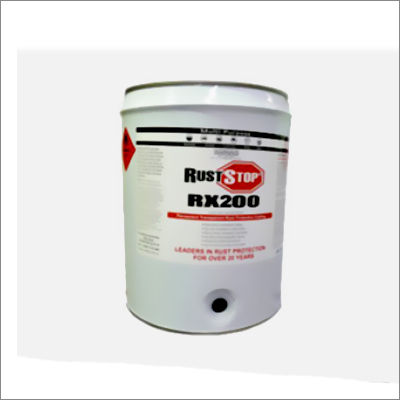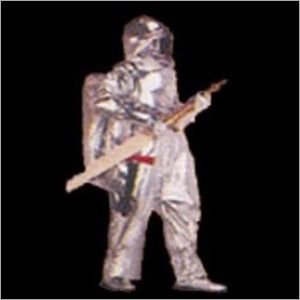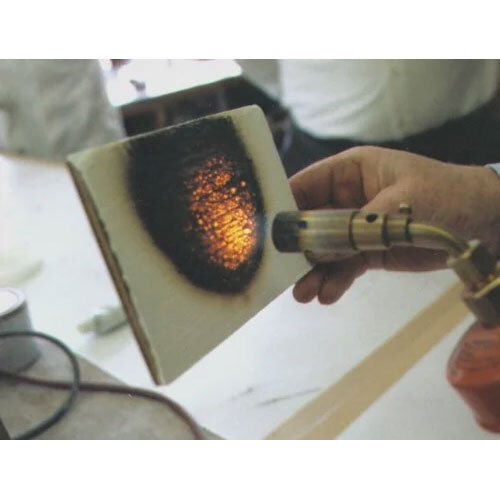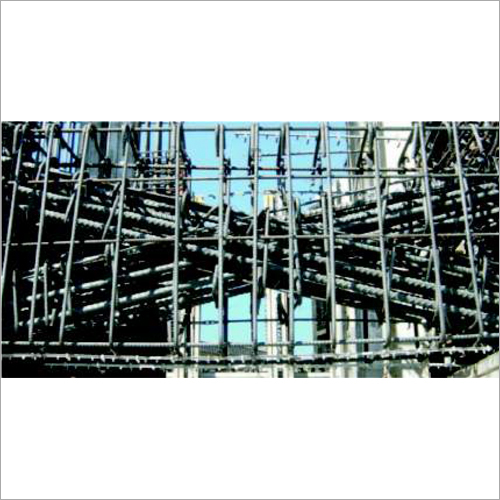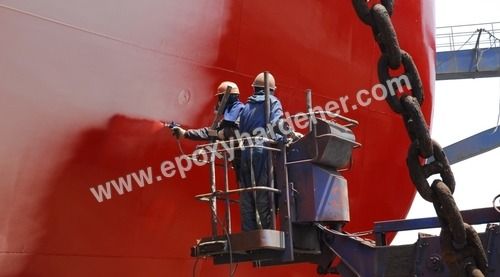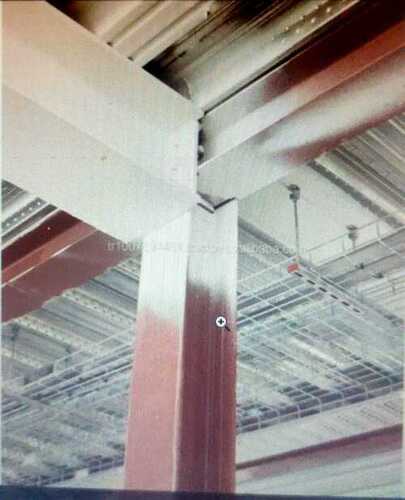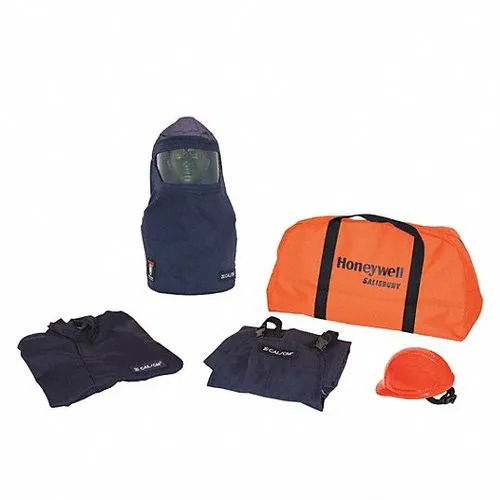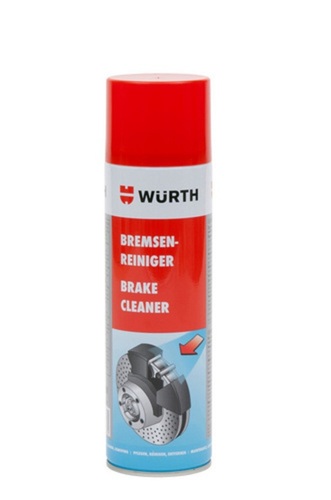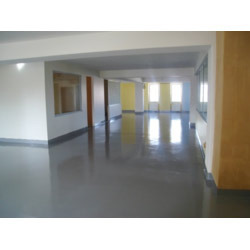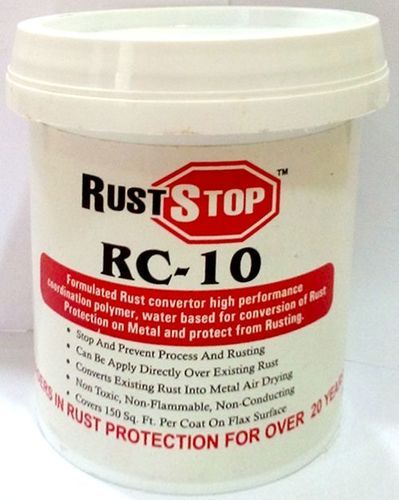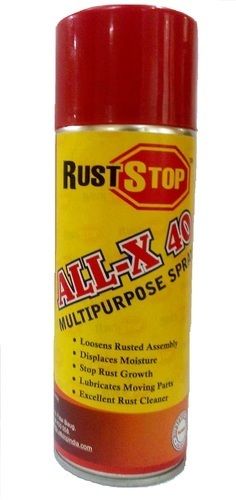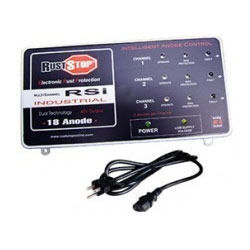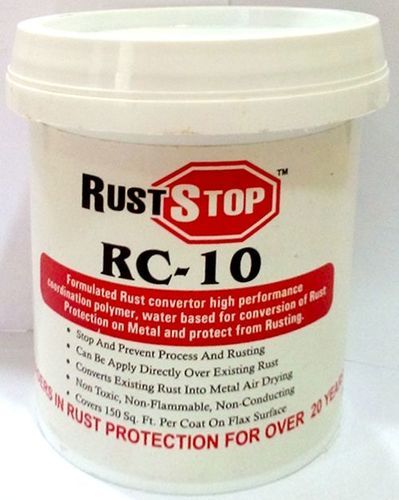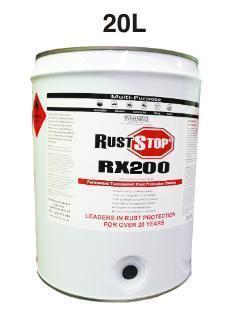As a quality conscious exporter and supplier, we are offering standard quality Transparent Rust Protection Coating material. This coating is effective in preventing rust formation in metal made automotive, marine and industrial parts. This coating material can also be applied over painted surface of metal objects. Known for its non conductive nature, non scaling formation, capacity to withstand high temperature and long lasting quality, this Transparent Rust Protection Coating material can be obtained in 1 liter tin container and 20 liter drum.Features:Stops new rust and corrosion and smothers existing rust and corrosion.Standard use as a stand-alone protective coating, no painting required.Can also be applied to bare metal as a paint primer.Forms a strong, flexible, transparent protective coating.Ideal for automotive, industrial, marine and general use.Also suited as a protective coating over painted surfaces.Non-conducting.Long-Term protection.Will dramatically reduce corrosion from electrolysis.Dries to a flexible and non-scaling coat. Composition/Information on Ingredients: Ingredients CAS No Conc,% TWA (mg/m3) STEL (mg/m3) Petroleum spirit 64742-89-8* <50 not set not set Hexane 110-54-3 <5 72 not set Ethyl benzene 100-41-4 <5 434 543 Proprietary agents deemed not hazardous to 100 This is a commercial product whose exact ratio of components may vary slightly. Minor quantities of other non hazardous ingredients are also possible.The TWA exposure value is the average airborne concentration of a particular substance when calculated over a normal 8 hour working day for a 5 day working week. The STEL (Short Term Exposure Limit) is an exposure value that may be equalled (but should not be exceeded) for no longer han 15 minutes and should not be repeated more than 4 times per day. There should be at least 60 minutes between successive exposures at the STEL. The term "peak "is used when the TWA limit, because of the rapid action of the substance, should never be exceeded, even briefly.General Information:You should call The Poisons Information Centre if you feel that you may have been poisoned, burned or irritated by this product. The number is 13 1126 from anywhere in Australia (0800 764 766 in New Zealand) and is available at all times. Have this MSDS with you when you call.Inhalation: If symptoms of poisoning become evident, contact a Poisons Information Centre, or call a doctor at once. Remove source of contamination or move victim to fresh air. If breathing is difficult, oxygen may be beneficial if administered by trained personnel, preferably on a doctor's advice. DO NOT allow victim to move about unnecessarily. Symptoms of pulmonary oedema can be delayed up to 48 hours after exposure.Skin Contact: Quickly and gently blot away excess liquid. Wash gently and thoroughly with warm water (use non-abrasive soap if necessary) for 10-20 minutes or until product is removed. Under running water, remove contaminated clothing, shoes and leather goods (e.g. watchbands and belts) and completely decontaminate them before reuse or discard. If irritation persists, repeat flushing and seek medical attention.Eye Contact: Quickly and gently blot material from eyes. Immediately flush the contaminated eye(s) with lukewarm, gently flowing water for 5 minutes or until the product is removed, while holding the eyelid(s) open. Obtain medical advice immediately if irritation occurs. Take special care if exposed person is wearing contact lenses.Ingestion: If swallowed, do NOT induce vomiting. Wash mouth with water and contact a Poisons Information Centre, or call a doctor.
